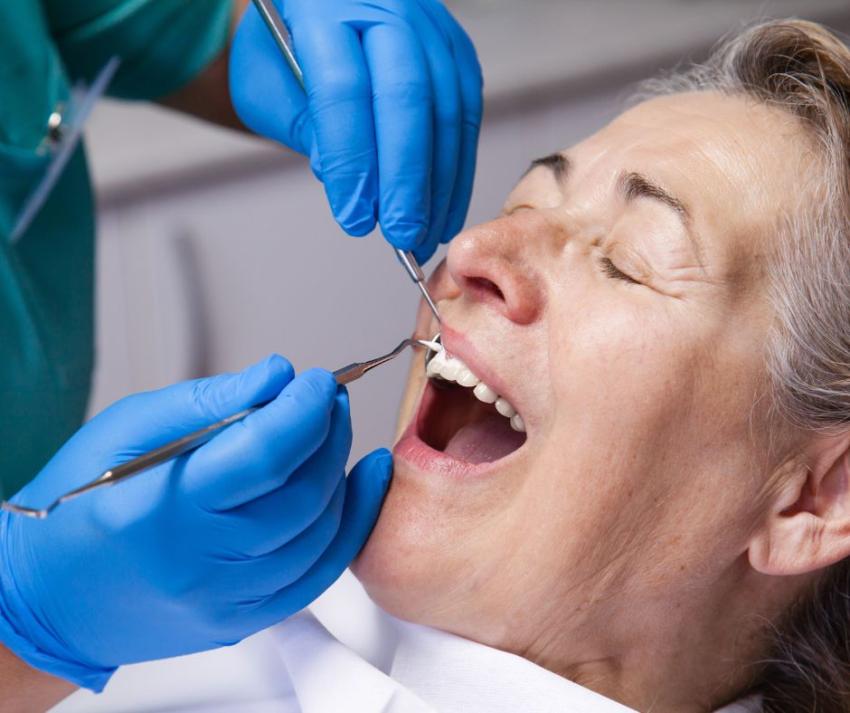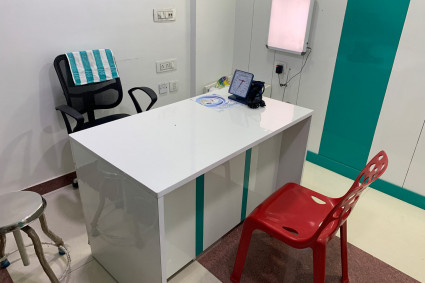
Have you looked in the mirror lately and noticed your teeth look a little longer than they used to? Or maybe your gums seem to be shrinking? If so, you might be dealing with gum recession and gum grafting could be your best bet to fix it. It can literally save your smile and stop you from losing teeth.
This blog is going to break it all down for you easily. We’re talking about what gum grafting is, why it’s needed, how it helps with gum diseases like gingivitis, and when you should start considering this procedure.
What Is Gum Grafting?
Gum grafting is a dental procedure that restores your gums by covering exposed roots or building up thin or receding gum tissue. When gums recede (pull away from the teeth), your tooth roots get exposed. This doesn’t just look odd it can lead to sensitivity, pain, cavities, and eventually tooth loss. A gum graft puts healthy gum tissue back where it belongs.
Why Do Gums Recede in the First Place?
Gum recession is a major symptom of gum diseases like gingivitis and periodontitis. But wait, there’s more:
- Gum Diseases: When there is bacteria build-up, it can cause inflammation and destroy gum tissue.
- Gingivitis: This is the early, reversible stage of gum disease, marked by red, swollen, or bleeding gums. Ignore it, and it becomes periodontitis, which is a much more serious problem.
- Aggressive Brushing: Scrubbing your teeth aggressively can wear away gum tissue.
- Poor Oral Hygiene: Not brushing or flossing properly gives bacteria the chance to multiply and cause infections.
- Genetics: Some people are just born with thinner, more delicate gums that recede more easily.
- Tobacco Use: Smoking or chewing tobacco messes with your blood flow. It cuts off oxygen to your gum tissue and slows healing.
If you’ve been ignoring early signs of gingivitis like red, swollen, bleeding gums, you’re already on the way to periodontal disease.
What Types of Gum Grafts Are There?
You’ve got receding gums and you have sensitivity every time you drink something cold. You’re at risk of tooth loss. There are a few different types of gum grafts:
- Connective Tissue Graft: The most common method. Tissue is taken from the roof of your mouth and stitched onto the area with receding gums.
- Free Gingival Graft: Similar, but used when your existing gum tissue is thin. The graft thickens your gum line and strengthens it.
- Pedicle Graft: Instead of taking tissue from somewhere else, it’s rotated from nearby gum tissue to cover the exposed area.
- Donor Tissue Grafts: Sometimes, tissue comes from a donor source instead of your own mouth. This option is less painful but may take longer to heal.
How Does the Procedure Actually Work?
It’s a surgical procedure but it’s not that complicated in most cases.
- Local anesthesia is used. You won’t feel pain, just a little pressure.
- Your dentist or periodontist removes a bit of tissue (usually from the roof of your mouth).
- That tissue is stitched to the gum area that needs coverage.
- You get post-op instructions and some pain meds. You’ll be advised to have soft food and plenty of rest to recover.
- Most people heal in 1–2 weeks. It might not be the best time of the year for you, but it’s a lot better than losing a tooth.
When Should You Consider Gum Grafting?
You should seriously consider gum grafting if:
- Your teeth look longer than before
- Your gums are noticeably pulling back
- You experience tooth sensitivity
- You’ve had ongoing gum issues despite good hygiene
- You’ve been diagnosed with gum diseases like periodontitis
- Your dentist suggests it during periodontal maintenance
If your gums are receding and you do nothing, you’re basically ruining your teeth.
Is Gum Grafting Painful?
Most patients report mild discomfort, not sharp pain. You’ll likely feel sore for a few days, especially if tissue was taken from the roof of your mouth. However, if you follow the post-op instructions, it’s definitely manageable.
Post-Surgery Aftercare
- Stick to soft foods like soup, smoothies, and mashed potatoes. Nothing with crunch or spice.
- Avoid brushing the grafted area until your dentist gives you the green light.
- Use any prescribed mouthwash or antibiotics as directed.
- Take plenty of rest.
Follow-up appointments are key. You’ll need regular periodontal maintenance to make sure everything stays healthy and in place.
Can You Prevent Gum Grafting?
Most people wouldn’t need gum grafting if they took care of their gums in the first place. Let’s see what you should already be doing to prevent gum diseases:
- Brush twice a day. Make sure you do it gently.
- Floss daily (yes, even when you’re tired)
- Use antibacterial mouthwash
- Visit your dentist every 6 months or more if you are prone to dental problems.
- Get regular periodontal maintenance if you’ve ever had gum disease.
Bottom Line
If you’ve read it all, you are now officially more informed than most people when it comes to gum diseases and gum grafting. The truth is, that gingivitis and periodontitis don’t hit overnight. They are the result of ignorance and carelessness.
Ignoring it won’t make it go away, in fact, it only gets worse. Gum grafting might sound intimidating, but it’s actually a highly effective treatment that helps restore natural gums, protect your teeth, and give you a healthier smile.




